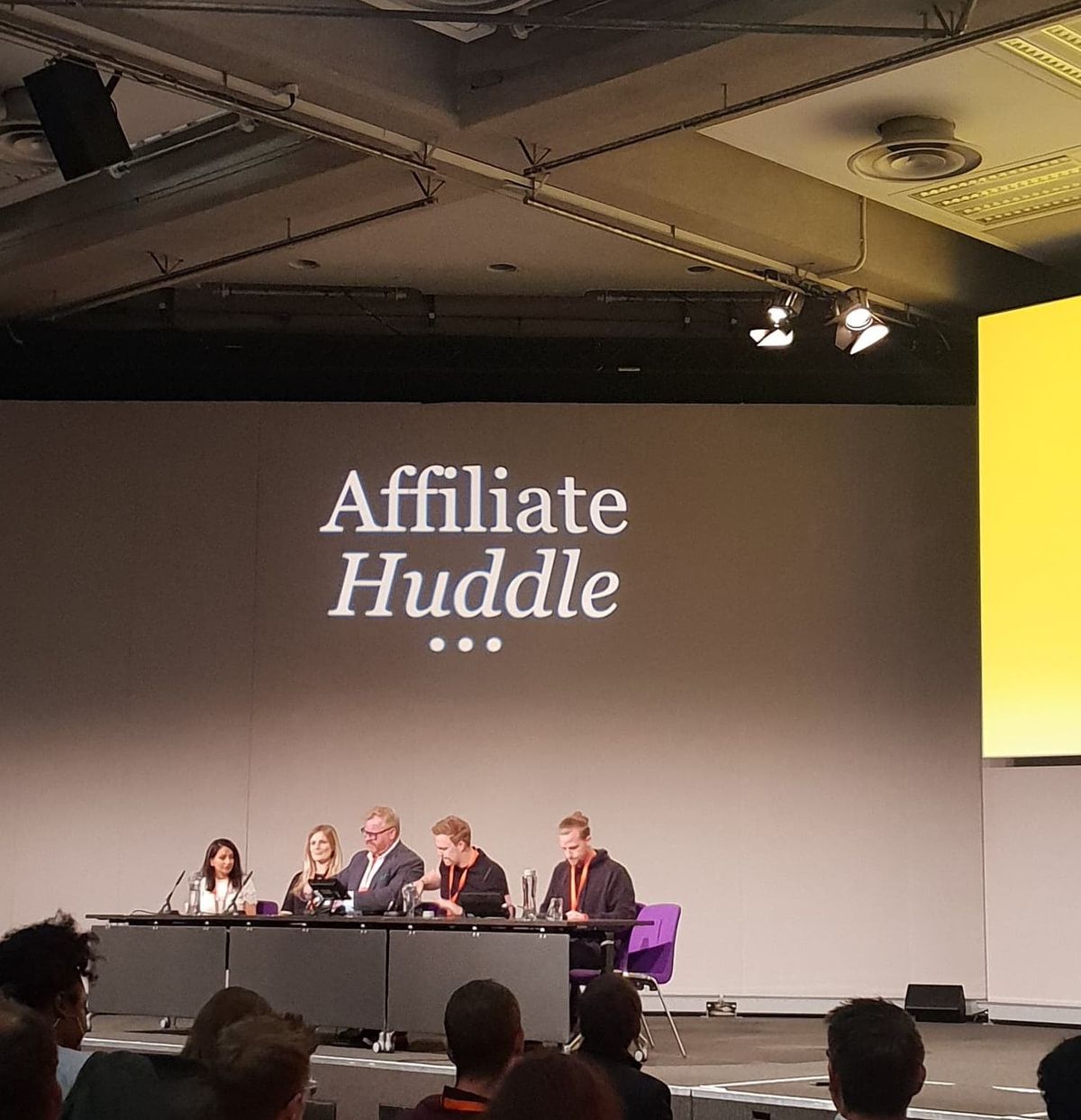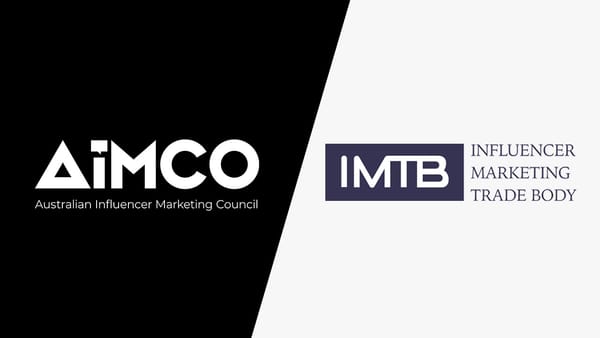The first talking point was influencer marketing budgets. As they increase, clients demand better but how can we demonstrate better ROI to get bigger budgets next time for clients?
Sahota said that the traditional affiliate model is so easy to calculate ROI, but people can’t consider ROI in the same way when it comes to influencer marketing: “It is more about effectiveness, so should be about reaching an engaged audience and looking at what messaging you are putting out there, for example. Brands need to present their objectives and what they want to achieve up front in order to effectively measure.” Jeffries said that people join the influencer marketing ‘hype’ as they can see how lucrative it is. Brands buy fake influencers as cheap as possible and sell them as high as possible. Brands then “say no” to ROI. “One way to flip the model is to stop looking at metrics based on reach and views and use the smallest metrics that provide the most value. Look at saves and clicks to look from a more organic perspective,” he told the audience.Are we moving away from vanity metrics and more towards intent and impact metrics?
Shepherd believes that you can track ROI – people just don’t or don’t understand the key facts around influencers. He commented, in Goat’s experience, 80% of influencers do not generate the value for brands they should and 20% nail it, so brands have to use the good ones. “For example, Chelsea fans can generate comments, sell T-shirts, or generate likes but you need to understand who can do what and why in order to send the right, specific message. Shepherd explained the number of clients and agencies that do not track what they do is still high.”Jeffries highlighted that no influencer is really the same as the other, so one ad works for one influencer but might not work for another: “As a brand, you may have got to a stage where you can’t afford to test and learn, so work with the agencies and platforms who have experience and know what will work for you and campaign. Let them take the risks on your behalf.”Sahota said it is a unique position to be in on the brand side: “If you measure influencers beyond the last click, you never see the sale but brands need to look at where else you see an uplift.” Shepherd shared the example of New Look. The brand used 50 ambassadors to try to sell its clothes. They each produced nine pieces of content per. In the end, the strategy worked so well that it reduced the number of photoshoots New Look undertook as the influencers were just doing the job for the brand. They then used the influencer content on its website, socials, and storefronts, highlighting that the content side is critical and can be used as part of the wider marketing mix.
Are we shifting away from stand-alone influencer-led campaigns to more integrated comms programs?
Shepherd said the influencer marketing market is still not ahead as he sees some brands not using influencer marketing at all. He explained Goat gets briefs from big clients that want to spend lots on just one campaign so they have to prove the value of influencer marketing and create something that puts the delivery doubt to bed, then gradually, as brands let them into their conversations, the results get better. “Influencer marketing is so much about the content,” Jeffries commented. “I see big brands using influencers not only to produce content but then reuse it for paid social and TV adverts, for example. Then, you can use paid social to retarget the followers of influencers and target offers to those followers. These things are driving CPA.”Sahota posed the question: can influencer marketing and affiliate marketing learn from each other? She said touched on influencer marketing being automated but, just like performance marketing, stated the human aspect has to come into it. “Brands can’t rely on algorithms and reach stats – they need to deep dive into the audience and see how they will be impacted by this one person that they follow. That element of affiliate can be quite similar, where you are working on quite a granular level to build that campaign up”Comerford went on to say there is a need for brands to have a platform or agency to take on those human relationships: “How you go about managing campaigns and working out whether it fits in the affiliate team or the brand team can be tricky. There are often internal politics. The brand team is about getting the right message out there and they see the digital side as more performance-based and just want the commercial influencers that are going to drive money and are less particular when it comes to storytelling. Brands need to realise that we need to work together internally to get optimal results. There isn’t a one-size-fits-all strategy. You as a brand need encourage influencers to integrate onto networks so you begin to track them; find new audiences and following that relate to your brand goals. Also, continue to work with influencers after campaigns to create that authenticity with that influencer.”
Are you seeing a movement from short-burst, more affiliate-led campaigns to longer ambassadorial roles now?
“Absolutely; that is where influencer marketing is heading – especially with affiliates absorbing a lot more of this influencer activity. Traditionally, brands would allocate a set budget for a campaign and that would be it. As a performance-based channel, we are targeted on revenue and KPIs, so we need to absorb these bigger fixed costs that the influencers and platforms charge as part of our internal strategy. Without that brand stimulus, you won’t see conversion later on in the channel,” continued Comerford.Are we seeing a shift towards rewarding influencers on not only the production of content but also including an incentive fee, like a bonus based on the number of clicks or purchases?
Jeffries believes it is dangerous to incentivise influencers based on fixed results because the influencers themselves shouldn’t be the ones being the ‘performance person’, it should be the platform or agency. “There are incentivisations that encourage influencers to produce more content. Experiences, for example, can make influencers want to post more organic content through their experience. Brands get the most value from influencer marketing if they create a meaningful relationship between influencer and the brand.”Shepherd added “Goat price based on past results to dictate their price going forward but we won’t change it from then on. Influencers make prices up for things. We have an internal pricing model but the industry is still in the dark.”“Whether it takes 10 minutes or they have to go to an event or fly in order to create a post, these are all different factors that relate to price so it gets complicated,” he continued. “The only way is with data and experience. The second it becomes automated, it falls apart as people can see if something is not right. Also, never put duplicate content out. What we need is a collaborative effort from agencies to raise the standards.” Meanwhile, Jeffries said: “fully automated self service platforms won’t work because we need relationships. Influencers are people. Platforms can benefit from working with influencers at scale. Platforms act as a customer relationship management system and are much more productive. Brands can get data much quicker, including real-time data, which helps optimise campaigns and deliver results quickly and accurately.”
How can we better educate our clients and the media about best practice and professionalise the industry?
The panellists said awards ceremonies that include influencer categories so influencer marketing can be at the forefront of the news gives the industry a chance to celebrate best practice and creativity. They also said that keeping on top of the platform changes is important as that is what is driving influencer marketing at the moment. Everyone is using a certain platform to reach audiences.Another way to professionalise the industry is to internally educate your teams by demonstrating the need to the rest of the business, then the appetite for it will grow, which is an integral part of the strategy. Jeffries also pointed out that there are often misconceptions on the brand/agency side; if brands run a campaign with one agency and it doesn’t work, they need to understand that campaign and where it went wrong and try with a different agency.The rest of Affiliate Huddle proved to be just as insightful and interesting, with the following sessions covering the likes of the evolution of performance marketing and algorithmic accountability as well as the affiliate panel answering the crowds’ burning questions.Catch up on all the social media activity via the hashtag #AffiliateHuddle. See similar influencer marketing panel sessions at the Influencer Marketing Show this year.








